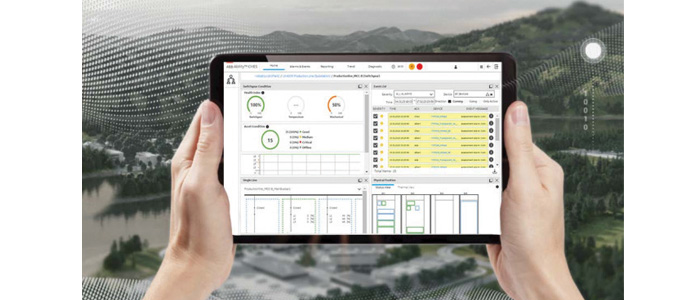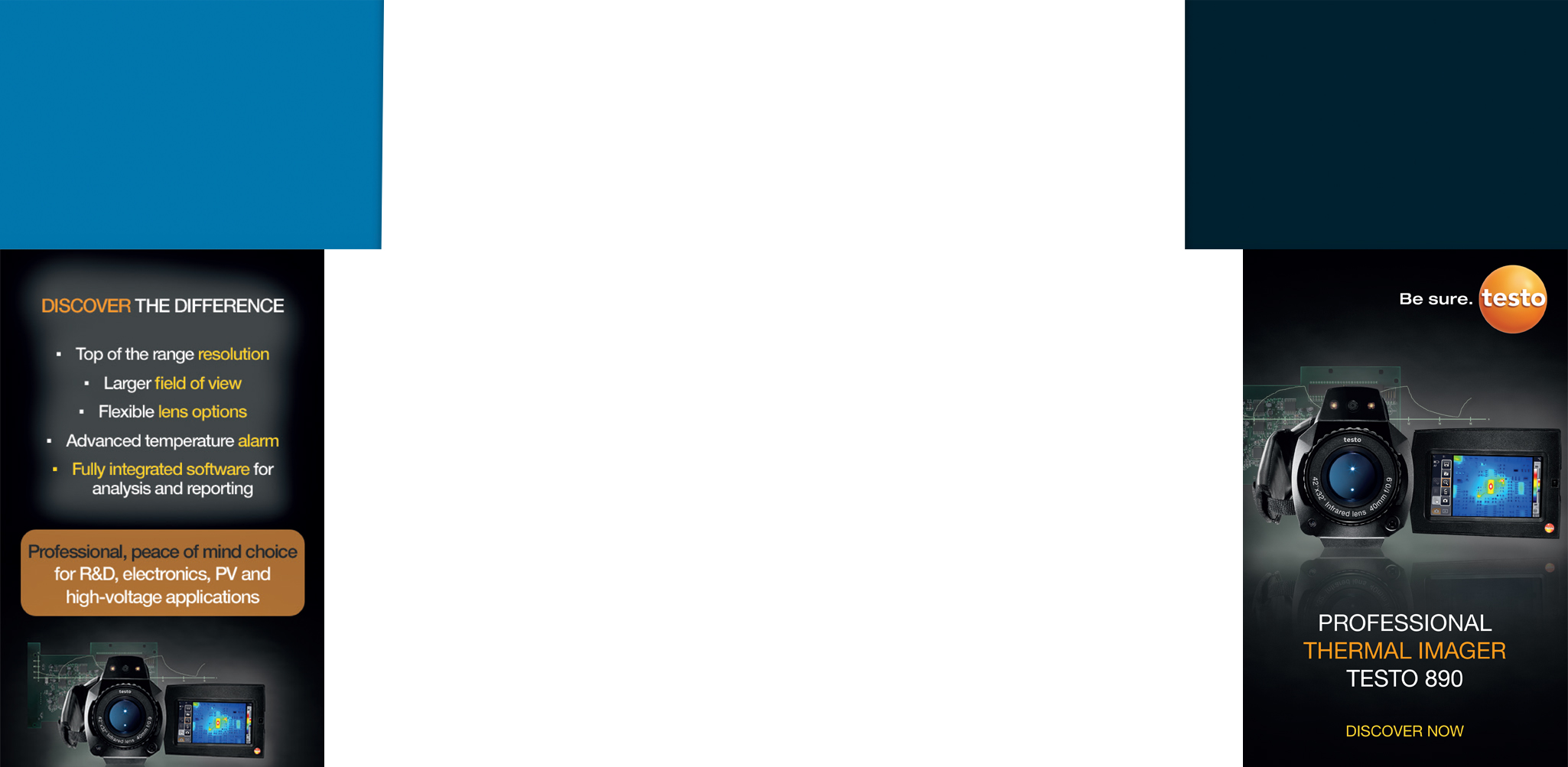- +61 7 3374 2877
- Email Us
According to ABB’s white paper, “See the full potential of digital, faster”, which surveyed more than 300 industrial decision-makers across seven markets and nine industries, 93 percent of businesses are already on their digitalisation journey, among which 43 percent are driven by the interest of cost savings.
In this article, we focus on digital low voltage switchgear and reveal how digitisation in low voltage switchgear can mitigate hidden costs of traditional switchgear and achieve cost savings up to 30 percent.
Hidden costs in traditional switchgear
A reliable power source, which responds to power failures and switches to back up power to achieve minimum power interruptions has been a key requirement for LV switchgear and continues to be for today’s industrial production processes, oil and gas plants as well as data centers.
Without real-time data, traditional switchgear operators resort to reactive maintenance, keeping costly spare parts and maintaining a trained team, which is expensive and potentially disruptive to continuous operations. Digital switchgear saves costs by using real-time data and condition monitoring to predict maintenance needs, extending the lifespan of equipment and improving operational efficiency.
Condition monitoring means identifying and addressing small problems early before they become more serious. For example, a temperature increase can indicate loose connections leading to higher resistance in the circuit, which can result in dangerous situations such as arcing or fires. The ability to monitor and respond to such situation in real-time can prevent catastrophic failures.

Other hidden costs which can be mitigated include:
Digital low voltage switchgear use cases
Digital low voltage switchgear is built on intelligent electronic devices (IEDs) and sensors such as ABB’s Relion® relays, Emax 2 circuit breaker with the smart Ekip unit, ABB smart motor controller M10x, ABB temperature and humidity sensors etc. They collect data on electrical parameters, alarms, events, and conditions, providing valuable insights for maintenance scheduling. Digital switchgear integrates seamlessly into industrial IoT platforms through Ethernet based network.
These technologies enhance safety, reliability, and operational efficiency, reducing failures and downtime. They support better decision-making, streamlined maintenance, and optimised energy use, leading to cost savings and improved performance. Continuous monitoring also helps achieve sustainability goals and reduce the carbon footprint.
